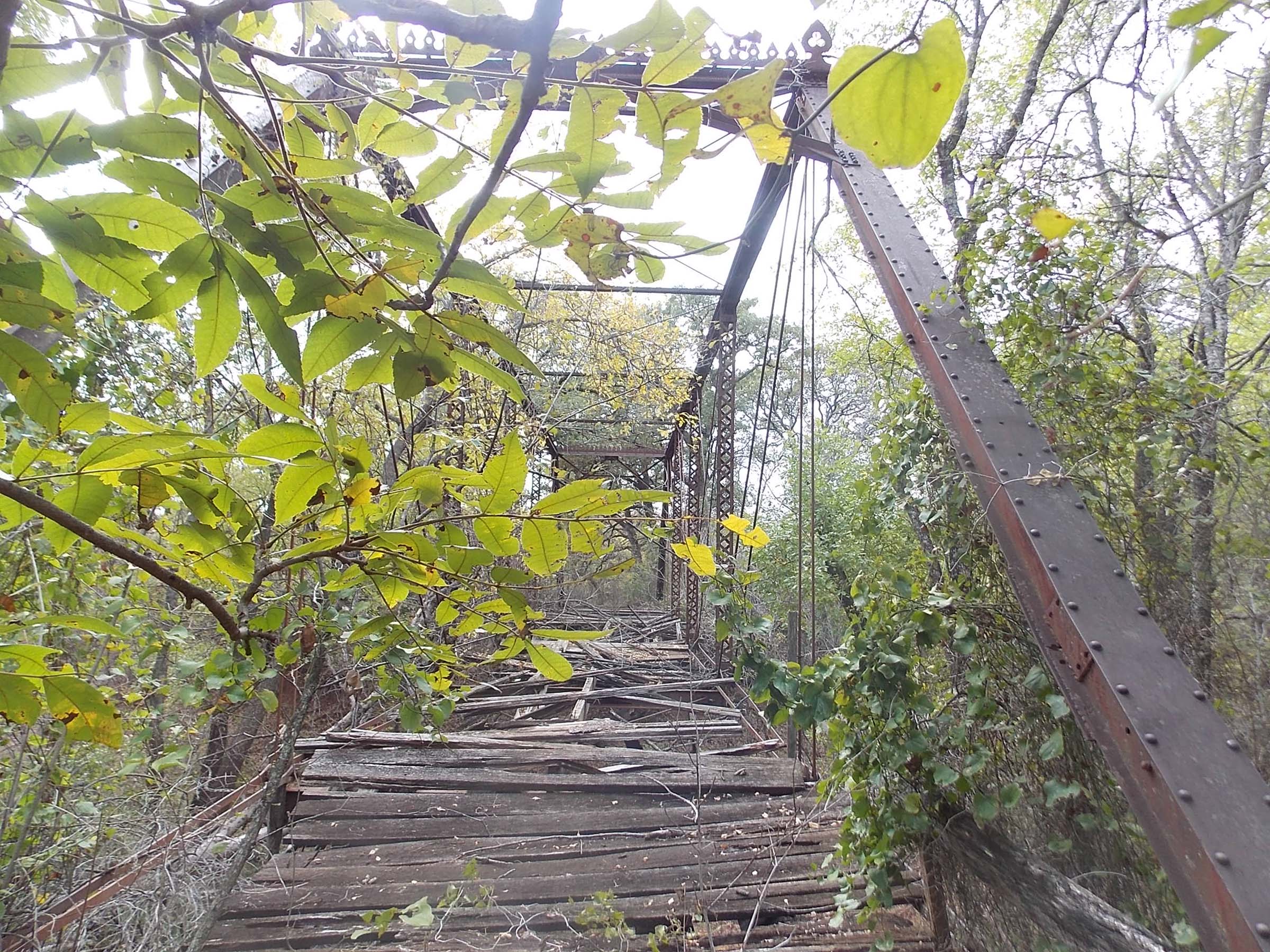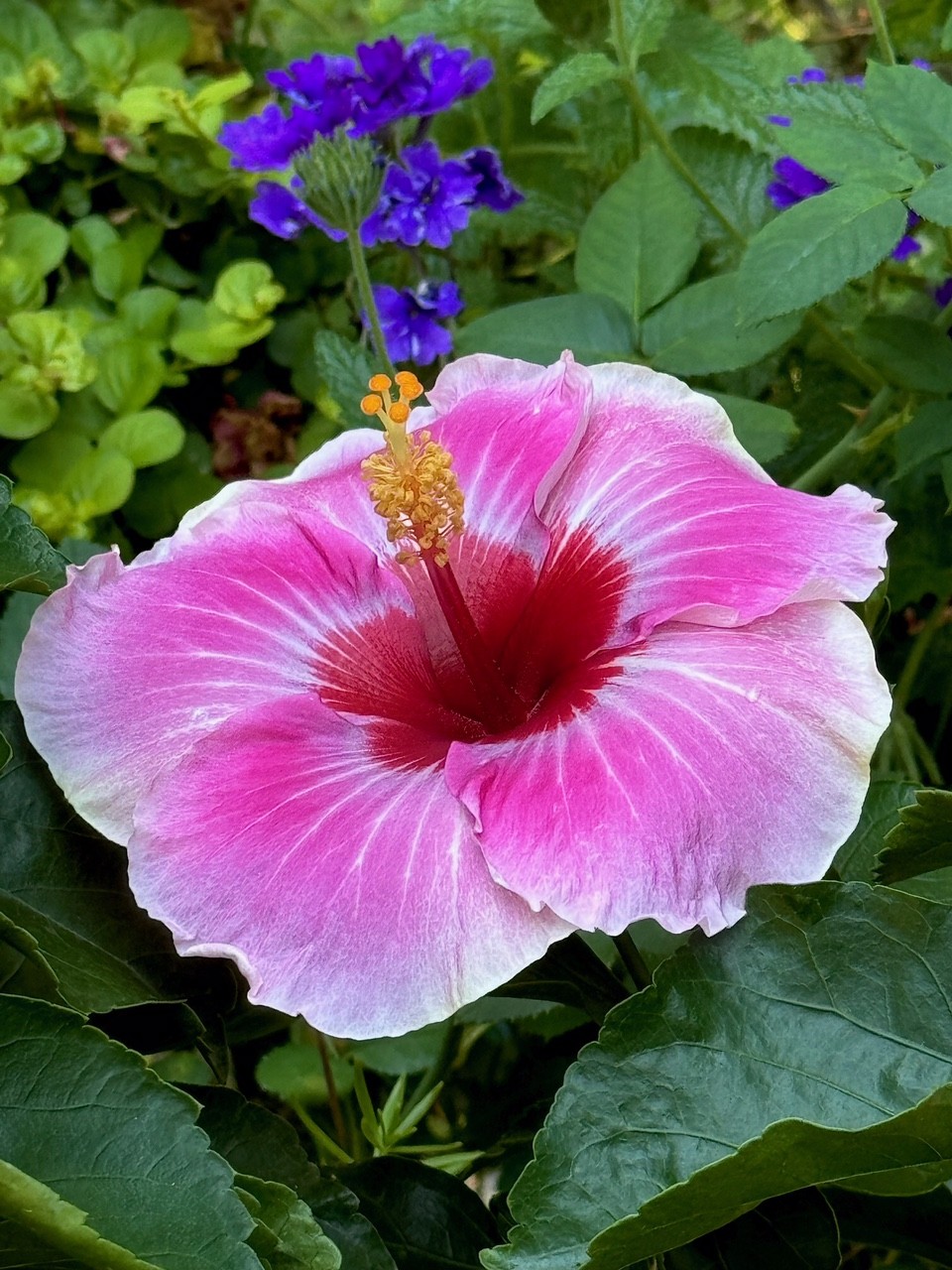Outdoor
The River was their Highway- Continued

By contributing writer Jerry Williams
The continuing story of the intriguing history revived here concerns the river highways that were used prior to 1803, the date of the Louisiana Purchase. This story unfolded when the decision was made to pursue surface surveying of North Texas by Jerry Williams. It created an opportunity for him to once again view many small rivers and their tributaries that he had traversed years ago when it was possible to canoe down the smaller tributaries. As discussed in the July issue of NTF&R magazine, the French explorers documented their journeys into the heart of America traveling on rivers.
French trappers established an alliance with the tribes on the Red River. They traded on the north side of the river, Jefferson County Oklahoma, with the Taovayas (a branch of the Wichita Indians) and south of the river, Montague County Texas, with the Wichita Indians. In the year 1710 at the Wichita Indian village a French flag was flying. Today at this site Oklahoma archaeologist are excavating the Taovayas village and a Texas team is excavating the Wichita village. The teams have found artifacts of these tribes and their allies, the Comanche and the French. Some details of this site may be found at the Tails & Trails Museum in Nocona, Texas (see the June issue of NTF&R magazine for additional information ).
Trappers/traders were after parchment and coat pelts that were bartered for the production of hats in France. Some women’s beaver hats were broad and sleek with a magnificent feather in them. The popular top hats as well as many military hats were made of beaver. In 1624 it was recorded that trappers in New England shipped 1500 beaver skins to Europe for production of ladies’ and men’s hat wear. As the French Revolution raged in their country in 1789 – 1799, they virtually stopped production of beaver hats. To read more pick up the August 2014 issue of North Texas Farm & Ranch.
HOME
Parting Shot

By: Jelly Cocanougher
Delicate microbes buried just beneath the surface. We walk by them, unbeknownst to us. Spores, spawn, and sclerotia, each with distinct characteristics. It is said that these fungi are all connected, speaking to one another as they populate the earth. The interconnectedness of all living things and the decaying world, such beauty lies within these otherworldly alien organisms.

HOME
Varietal Honey

By: Landon Moore
Landon Moore is the Wise County 4-H President and a member of the Wise County 4-H County Council. He is involved in beekeeping, as well as raising rabbits and poultry.
This essay was one that he wrote, and it was named the champion for both the Texas and National chapters of the Foundation For The Preservation of Honey Bees.
Varietal honey is honey that comes from a single source.
This honey has a flavor derived from the source flower and can even have a similar scent. In general, lighter colored honeys have a more subtle taste and dark honeys are more intense. Varietal honey has been compared to wine, in that honeys produced in different years can be distinguished, even if they come from the same flower and location.
This phenomenon is called terroir and is responsible for the individual taste of each honey harvest.
To read more, pick up a copy of the October edition of North Texas Farm & Ranch magazine, available digitally and in print. To subscribe by mail, call 940-872-5922.

HOME
The Garden Guy: America’s Sweetheart

By: Norman Winter | Horticulturist, Author, Speaker
Early in the summer, I was sent a press release that caused one of those holy wow moments. The headline said it all, “Proven Winners ColorChoice Expands Catalog with the Addition of Hollywood Hibiscus.”
I had already become familiar with the Hollywood Hibiscus series and was thrilled that the Proven Winners was adding this to their lineup.
This flower is nothing short of beautiful and exhibits prolific flower production. The flowers show three distinct colors, deep red in the very center, then the majority which is a rich rose pink with lighter pink to white along the margins.
To read more, pick up a copy of the October edition of North Texas Farm & Ranch magazine, available digitally and in print. To subscribe by mail, call 940-872-5922.

-

 Country Lifestyles2 years ago
Country Lifestyles2 years agoScott & Stacey Schumacher: A Growth Mindset
-

 Country Lifestyles8 years ago
Country Lifestyles8 years agoStyle Your Profile – What your style cowboy hat says about you and new trends in 2017
-

 HOME8 years ago
HOME8 years agoGrazing North Texas – Wilman Lovegrass
-

 Outdoor10 years ago
Outdoor10 years agoButtercup or Primrose?
-

 Country Lifestyles5 years ago
Country Lifestyles5 years agoAmber Crawford, Breakaway Roper
-

 Equine1 year ago
Equine1 year agoThe Will to Win
-

 Country Lifestyles9 years ago
Country Lifestyles9 years agoJune 2016 Profile – The man behind the mic: Bob Tallman
-

 Country Lifestyles8 years ago
Country Lifestyles8 years agoDecember 2016 Profile, Rusty Riddle – The Riddle Way




